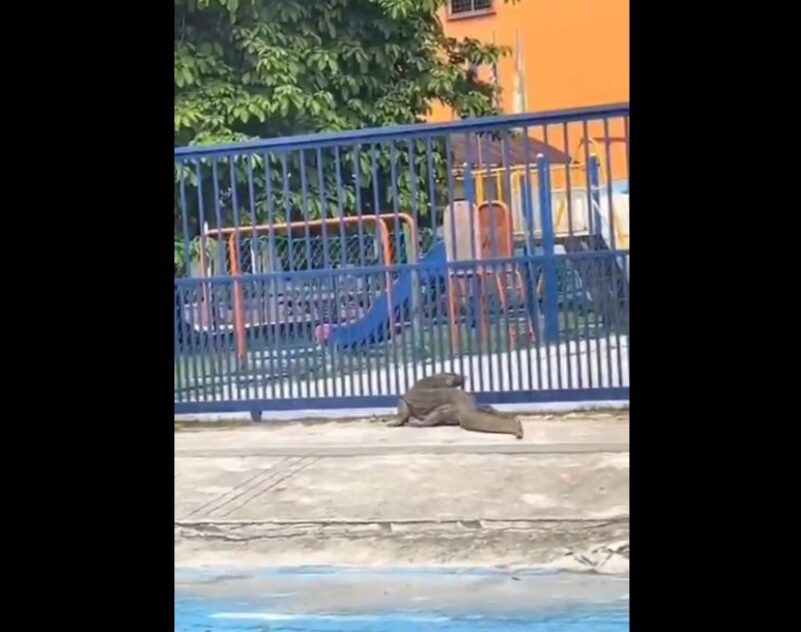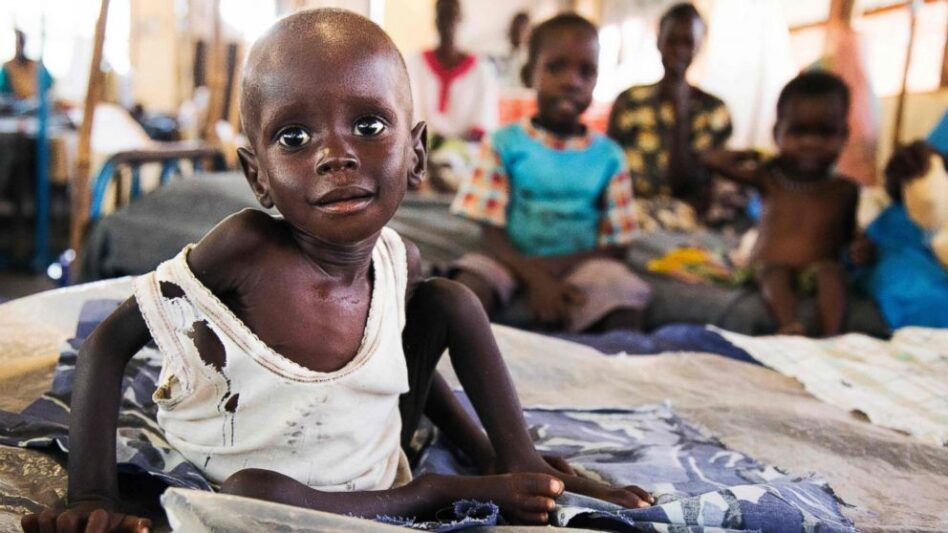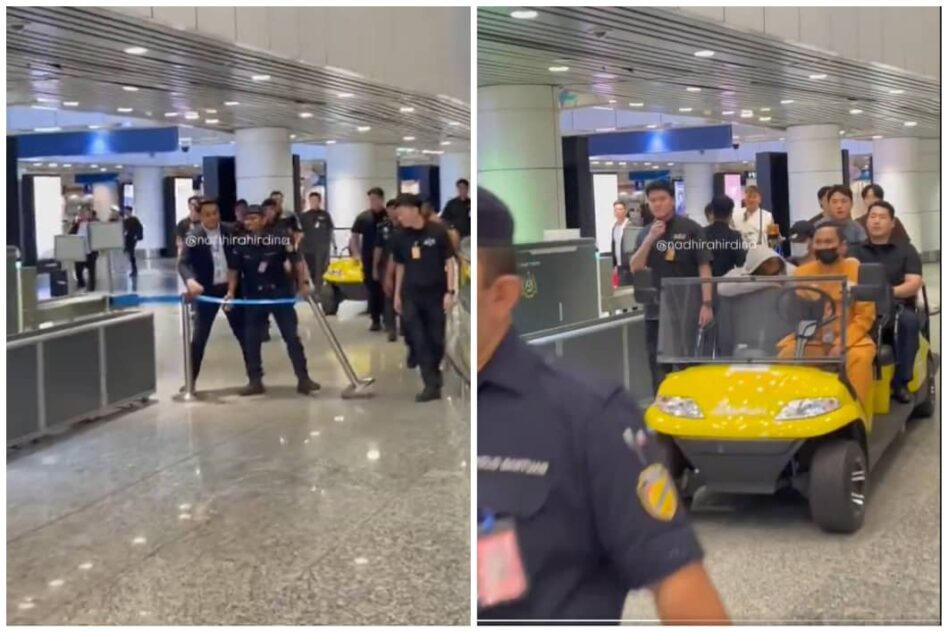MALAYSIA is far from being endemic. It is a misnomer to think that we are already there. Those who thought so is focusing on the definition of endemic as co-existence with the virus per se, when the correct definition is co-existence with the virus without a staggering loss of lives, so that normalcy will be the order of the day.
Thus, it is so very obvious we are still in a pandemic, not endemic situation.
All viruses begin life as an endemic one just like the common cold virus. When the situation gets a little bit worse, the endemic virus will cause an outbreak of the disease. From an outbreak, it worsens into an epidemic.
It is at the epidemic level when the virus is able to get a “passport” to travel to most parts of the world, the epidemic will then be transformed into a pandemic.
When the pandemic has run its full course, a reversal process will take place where the virus becomes an epidemic one, and then an outbreak, and finally an endemic virus, albeit gradually.
But in the case of COVID-19, the reversal process is stunted due to the mutation of the virus. Mutations are common in all viruses. Some of those mutations change the virus by making it better at infecting cells, or better at replicating, while other mutations may have little effect or are even harmful to the virus.
Herein lies the key. Scientists should do more research to understand the reasons why some viruses mutate with little effect or why the mutation causes harm to the viruses themselves, which will then pave the way for the creation of a vista of “wonder drugs” and vaccines that will encourage such mutations so that no humans are harmed by the mutations.
According to scientists, all variants of the COVID-19 virus carry clusters of mutations. In the case of the Delta, a mutation known as K417N, has an impact on the spike protein, which is the part of the virus that attaches to the cells it infects.
If only there was a wonder drug or vaccine that could render this K417N mutation harmless to humans or harmful only to the virus, the spread of COVID-19 would be meaningfully and significantly reduced.
While waiting for these wonder drugs and vaccines to be produced, we would have to rely on the present regime of vaccines and aim for endemicity for a return to a semblance of normalcy.
This will be a relatively long process because the Delta variant is known for its voracious transmission, and the delayed effect in general for symptoms to show up – within three to 14 days.
The stage for moving towards an endemic phase first started when in June, the then-Prime Minister Tan Sri Muhyiddin Yassin introduced the four phases of the National Recovery Plan (NRP) based on three parameters – COVID-19 transmissions among the community, based on the number of daily COVID-19 infections; capacity of the public healthcare system based on the bed utilisation rate in intensive care unit (ICU) wards; and the percentage of the population that has received two doses of vaccines.
At the time the NRP was formulated in June, it was projected that by October, Malaysia will see the easing of the COVID-19 daily infections, where more economic sectors will be opened, and limited social gatherings will be allowed, and more states will move into Phase 3 or 4.
When Prime Minister Datuk Seri Ismail Sabri Yaakob came into power, he continued with implementing the NRP, appointing his predecessor to lead the Committee, thus maintaining the same policy and strategy, with changes made only in response to the dynamics of the situation.
The result – by Oct 25, the daily cases were down to 4,743, the first time ever it dipped below 5,000 since June 22, and the positivity rate was at 5% whilst the infectivity rate posted a 0.88, thus paving the way for the pre-endemic phase to materialise.
To recap the World Health Organisation (WHO), a positivity rate of 5% or less shows that a country is managing the spread of the virus relatively well, and an infectivity rate of below one shows that the spread of the disease is under control. At one, it means a COVID-19 patient will infect one other person.
Additionally, according to the Health DG, Tan Sri Dr Noor Hisham Abdullah, Malaysia also shows a declining trend in comparison to Singapore and Brunei which see the opposite, adding that while Malaysia registered 180.91 cases per million, Singapore and Brunei showed 584.86 cases and 499.88 cases per million respectively.
Contrast this with the last time when the above statistics were reverse when Malaysia had among the highest cases in the region per million, the Opposition then had a field day condemning the government with all sorts of negative labels.
Better days are ahead but with a twist of fate, the Melaka state elections may just throw a spanner in the works, just as the Sabah state election did last year.
Even without the Melaka state election, as observed in countries pursuing an endemic strategy in contrast to a zero COVID-19 strategy, once the endemic policy of “live and let live” is implemented, the virus seems to fail in playing its part of the bargain.
This is because as soon as more sectors of the economy and education are being gradually opened up, even with standard operating procedures still in place, at some point in time after that, the virus will return with a vengeance in the form of a surge in the daily infections.
In order to “teach” the virus to observe the rules of the game, the authorities must pay close attention to two important variables – the positivity rate and the infectivity rate.
As soon as the positivity rate reaches 5% or the infectivity rate approaches one, or both, enforcement agencies should be stricter in ensuring that the SOPs are being observed.
This entails frequent checks on those who dine-in or attend congregational prayers, for instance, that apart from being fully vaccinated, observe social and physical distancing and other mandated SOPs, and reminding the rakyat that hefty fines may be imposed on violators.
Once the positivity rate dips below 4.5% and the infectivity rate below 0.9, these enforcement measures can be relaxed, and only random checks and inspections would be done. – Oct 30, 2021
Jamari Mohtar is the Editor of Let’s Talk!, a newsletter on current affairs.
The views expressed are solely of the author and do not necessarily reflect those of Focus Malaysia.









